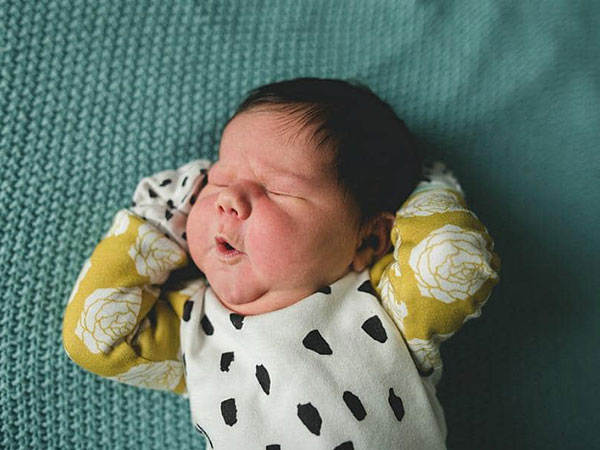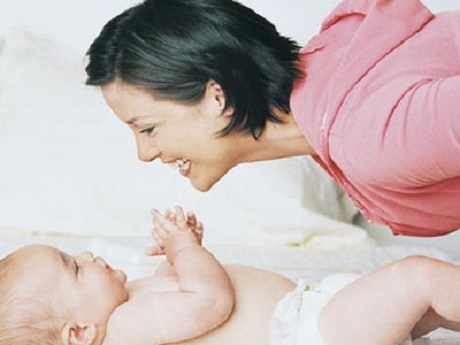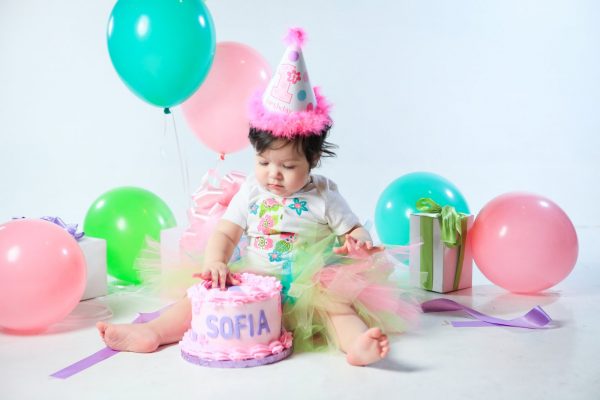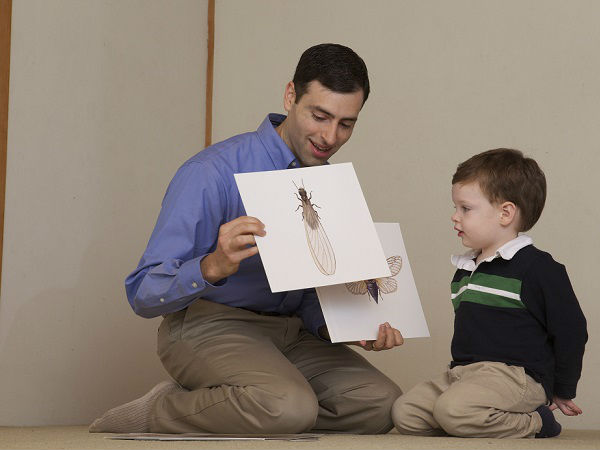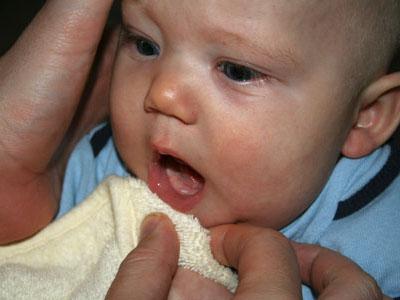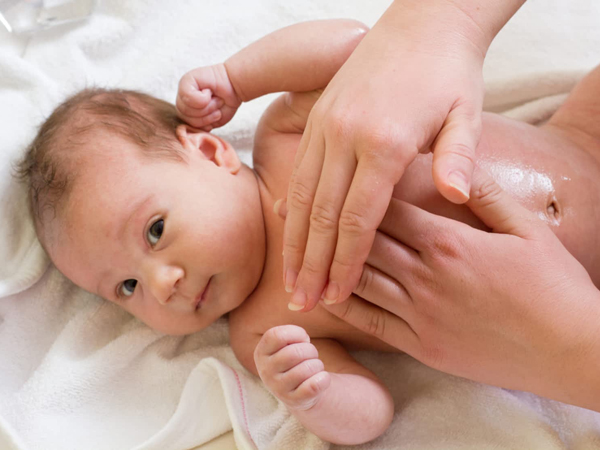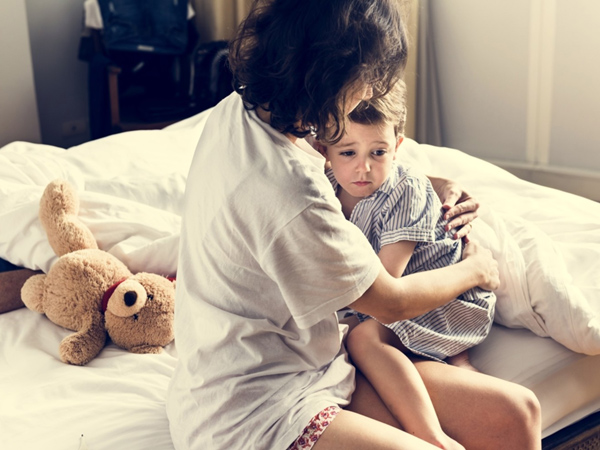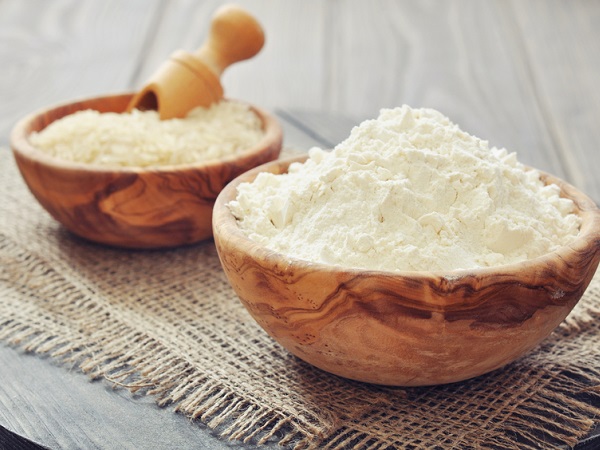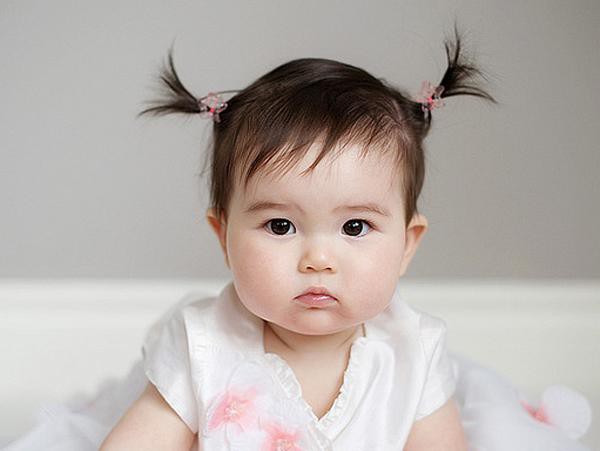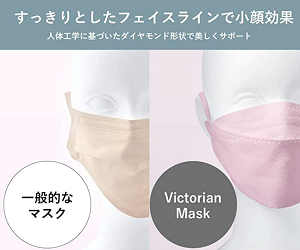When taking care of a newborn, most mothers only worry that their child has a fever, an abnormally high body temperature without knowing that the infant's temperature drop is also dangerous. Even if the baby is not treated in time, hypothermia can die.
content
1. Children with hypothermia: How to recognize?
2. Children with hypothermia, what should the mother handle?
3. Prevention of hypothermia for children
Like a high fever, hypothermia is also quite common, especially in infants and young children. However, when taking care of a newborn , most mothers are worried about their child's body temperature rising, but there are no timely measures to deal with when the child's temperature is low. This is very dangerous, because if you do not get emergency help in time, a child with hypothermia can lead to many dangerous health complications.

Any change in a child's body temperature, whether it rises or falls, can lead to serious health problems if not taken care of in time.
1. Children with hypothermia: How to recognize?
As the name suggests, the most recognizable sign is a sudden drop in the child's body temperature, below normal. Older babies often show signs of chills. Children with hypothermia also experience some of the following symptoms:
- Hands and feet are cold, there are signs of cyanosis on the fingertips and legs, accompanied by muscle stiffness. If the body temperature drops below 28 degrees C, it can lead to coma, dilated pupils, loss of reflection with light.
Fatigue, irritability. Children also often show signs of infection such as sleep, poor feeding, respiratory failure.
- The blood pressure drops, the child has a feeling of lightheadedness and dizziness. In some cases, hypothermia can disrupt the type of breathing, slowing the heart rate.
Measuring the temperature or performing tests to determine the cause such as blood sugar test, blood CRP, blood transplants… are the most accurate ways to know if your baby has hypothermia or not.
Hypothermia is usually determined when the temperature measured in the anus is below 35 degrees C. Between 35-34 degrees C, the child has a mild hypothermia; 34-32 degrees C means moderate hypothermia; 32-25 degrees C is a child with severe hypothermia, and below 25 degrees C is a warning sign of a critical condition.

How to measure a baby's temperature correctly It sounds simple, but in fact, many mothers still do not know how to measure the child's temperature, especially the best baby. Where is the best place to measure the child's temperature? What is the normal temperature? Refer to the following article for the most accurate answer, mom!
2. Children with hypothermia, what should the mother handle?
As soon as the mother is found to have hypothermia, the mother should take immediate first aid: Warm the body, help the child's body return to its normal temperature. Wrap your baby in diapers, dress, hat and warm blankets, and move the child to a warm place, or raise the room temperature. Mom can also hug and breastfeed, or express breastmilk to the baby with a spoon. If the baby gets wet, the mother should quickly change clothes and warm the baby with a blanket. When the room temperature increases, mothers should only increase the normal temperature, avoid a sudden increase in temperature.
Note: Before giving first aid, mothers should also clear the airway, support the child's respiratory tract. After incubating the baby, quickly take the child to the nearest hospital for appropriate treatment measures. Absolutely do not use hot compresses directly or use hot water, heating pad to warm, especially the hands and feet. Therefore, it promotes the amount of cold blood returning to the heart and lungs suddenly, leading to central hypothermia.
In the case of children with severe hypothermia, artificial respiration or endotracheal intubation can support airways, infusion ...
3. Prevention of hypothermia for children
Ensuring your baby stays warm in cold weather is the most effective way to prevent hypothermia. When going out in the cold, especially in winter in the North, mothers should let the baby wear a hat, coat and scarf. Note: Instead of giving children a thick layer, experts encourage mothers to let their children wear many thin layers of clothing. When the temperature changes suddenly, the mother will easily remove or wear more clothes. Avoid hot sweating, which can lead to colds.

The secret to taking care of babies in the cold season: Keeping babies properly warm Keeping babies warm is one of the important things when taking care of babies in the cold season. However, how do babies need to stay warm? Most mothers feel awkward when asked about this issue
For babies , keeping warm should be done right after birth. Mothers should breastfeed their babies early, take advantage of the precious colostrum, and help children stabilize their temperature quickly. When bathing your baby, mothers should not bathe too long, bathe late, do not bathe with cold water. Note: When bathing the baby, the mother should choose an airtight place.
